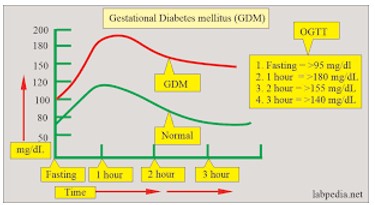A client is receiving a secondary infusion of erythromycin 1 grams in 100 mL dextrose 5% in water (DW) to be infused in 30 minutes.
How many mL/hour should the nurse program the infusion pump?
The Correct Answer is ["200"]
To calculate the mL/hour for the erythromycin infusion, we first need to determine the infusion rate in mL/minute.
The infusion is to be completed over 30 minutes, which is equal to 0.5 hours. Next, we divide the total volume (100 mL) by the total time (0.5 hours) to get the infusion rate in mL/hour:
Infusion rate = Total volume / Total time
Infusion rate = 100 mL / 0.5 hours Infusion rate = 200 mL/hour
Therefore, the nurse should program the infusion pump to deliver the erythromycin infusion at a rate of 200 mL/hour.
Nursing Test Bank
Naxlex Comprehensive Predictor Exams
Related Questions
Correct Answer is B
Explanation
A) Incorrect- Hip arthroplasty is a scheduled procedure, and there is no immediate indication of a critical condition that requires urgent attention.
B) Correct- Postoperative hemorrhage is a serious complication, and an older client receiving packed red blood cells may be experiencing active bleeding. This situation requires immediate assessment and intervention.
C) Incorrect- While continuous bladder irrigation requires monitoring, it is not as urgent as a potential postoperative hemorrhage.
D) Incorrect- Pain management is important, but it is not as urgent as assessing a client who may be experiencing active bleeding.
Correct Answer is ["A","B","C"]
Explanation
Her fasting 1-hour glucose screening level, which was done 1 week prior, is 164 mg/dl. (9.1 mmol/L) Her 3-hour oral glucose tolerance test results reveal a fasting blood sugar of 168 (9.3 mmol/L) and a two-hour postprandial of 220 mg/dL (12.2 mmol/L).
The client has gestational diabetes mellitus (GDM), which is a condition that affects some pregnant women and causes high blood sugar levels. This is bad during pregnancy because it can increase the risk of complications for both the mother and the baby, such as preeclampsia, macrosomia, birth trauma, neonatal hypoglycemia, and congenital anomalies. The client needs to follow a diet and exercise plan to control her blood sugar levels and prevent further complications. She may also need to take insulin injections or oral medications if diet and exercise are not enough. The client should monitor her blood sugar levels regularly and report any abnormal results to her health care provider. The client should also have regular prenatal visits and ultrasounds to check the growth and development of the baby.

Whether you are a student looking to ace your exams or a practicing nurse seeking to enhance your expertise , our nursing education contents will empower you with the confidence and competence to make a difference in the lives of patients and become a respected leader in the healthcare field.
Visit Naxlex, invest in your future and unlock endless possibilities with our unparalleled nursing education contents today
Report Wrong Answer on the Current Question
Do you disagree with the answer? If yes, what is your expected answer? Explain.
Kindly be descriptive with the issue you are facing.
